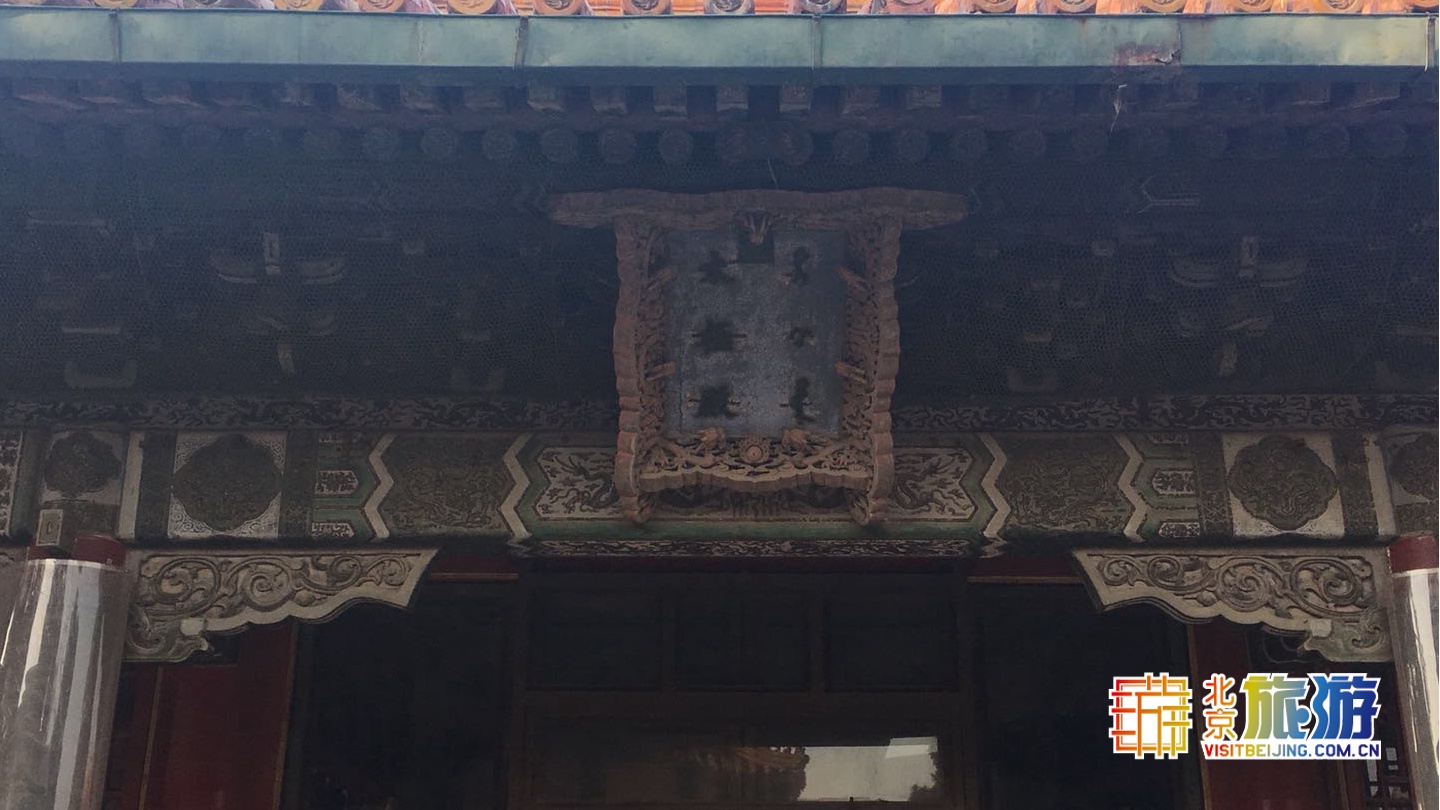The Taiji Palace, one of the six west palaces in the Inner Court, was built in 1420, the 18th Yongle year of the Ming Dynasty. It was originally named Weiyang Palace. Since Prince Xingxian Zhu Youyuan, the father of Emperor Jiajing, was born in the palace, it was renamed Qixiang Palace in 1535, the 14th Jiajing year, and then Taiji Palace in the late Qing Dynasty. It was repaired multiple times in the Qing Dynasty.

The Taiji Palace used to be a two-row courtyard. When the Changchun Palace was rebuilt in the late Qing Dynasty, the rear hall of the Taiji Palace was changed into a hallway and its rear eaves were added with several annexes and connected to the Changchun Palace through verandas in the east and west, form winding corridors. Rooms Easton two wings were transformed into two aisles so that the Taiji Palace and the Changchun Palace are connected to form a four-row courtyard.
The Taiji Palace has 5 rooms crosswise with yellow glazed tile gable and hip roof, one front corridor and one back corridor. The exterior eaves are painted with Suzhou-style colored drawings. The doors and windows are decorated with brocade Svastika patterns. The interior is decorated with gypsum made “five blessings and longevity” patterns, which are said to have been changed in the late Qing Dynasty and the early Republican period. The bright room is separated from the west side room and the east side room respectively with a rosewood handrail with Svastika and flower openwork carvings and a brocade tapestry with globular, phoenix patterns. In the middle is the throne. In the front of the palace, there is a tall and big glass screen decorated with phoenix and Svastika longevity patterns, forming a spacious courtyard along with the east and west attached palaces.
The rear court room is the Tiyuan Palace with yellow glazed tile open gable roof. The Tiyuan Palace has 5 rooms crosswise with the front and the rear bright rooms open. Its back eaves are connected with 3 attached rooms, which are the opera stage of the Changchun Palace. In 1884, the 10th Guangxu year of the Qing Dynasty, to celebrate the fiftieth birthday of Empress Dowager Cixi, operas were staged here for half a month. In the Wanli years of the Ming Dynasty, after the Qianqing Palace and the Kunning Palace caught fire, Emperor Shenzong Zhu Yijun once temporarily lived in the Qixiang Palace. Before Emperor Xundi Puyi left the court, Concubine Yu of Emperor Tongzhi once lived in the Taiji Palace.
The layout of present-day Taiji Palace is identical to its former layout.



